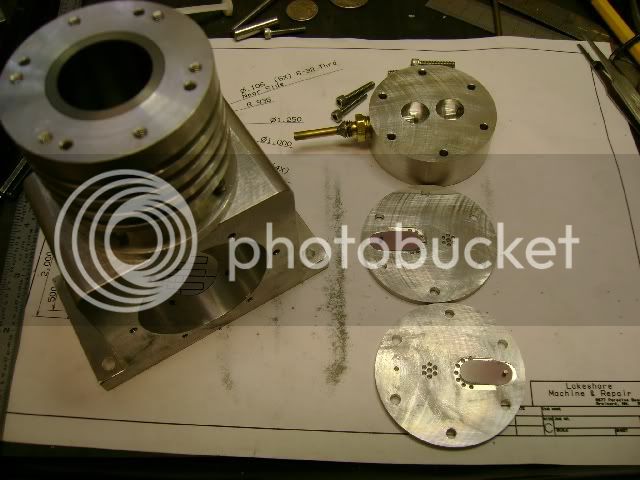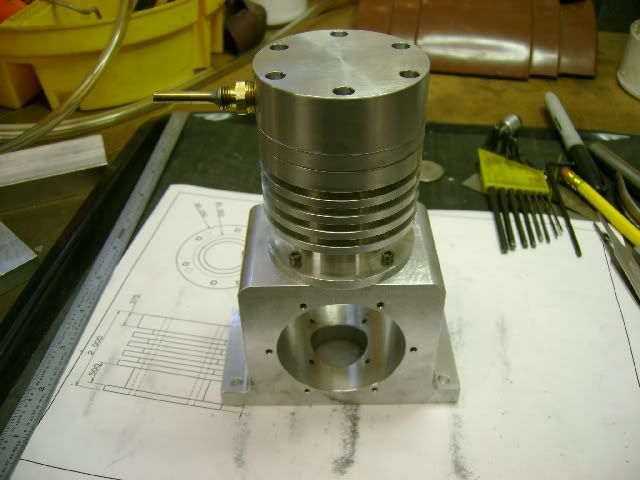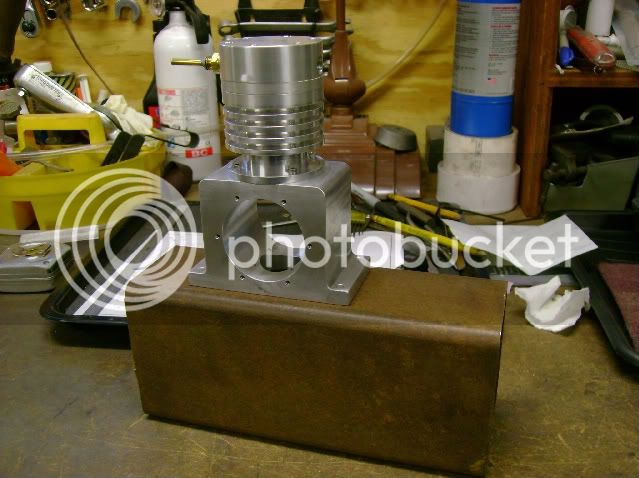putputman
Senior Member
- Joined
- Nov 22, 2008
- Messages
- 600
- Reaction score
- 55
I would like to put some of my hit & miss engines to work. I have two Red Wings engines that are getting lazy just setting around. I plan to build a "drag saw" for one of them to drive, and would like to build a scale model a "air compressor" for the other one. The compressor would be used to run some of the compressed air engines that I have built from plans I got on HMEM. Most of the air engines run on 5-20 psi. Examples: the rocker, Chuck Fellows John Deere, speedy's hit & miss and several others. Can't see any reason to plan for a higher psi.
What I am looking for is some plans for a small compressor. Thought I would use a small 1 LB propane tank for the compressor tank. I guess I could design one from scratch, but would rather build to proven plans.
Have any of you built one or know where some plans may be had.
Open to any ideas or concerns about a compressor of this size.
What I am looking for is some plans for a small compressor. Thought I would use a small 1 LB propane tank for the compressor tank. I guess I could design one from scratch, but would rather build to proven plans.
Have any of you built one or know where some plans may be had.
Open to any ideas or concerns about a compressor of this size.









